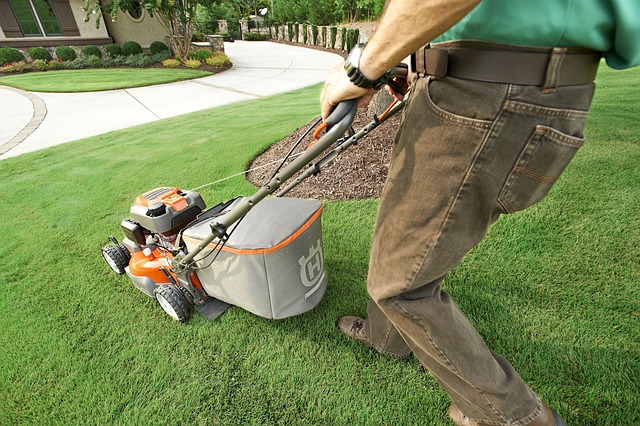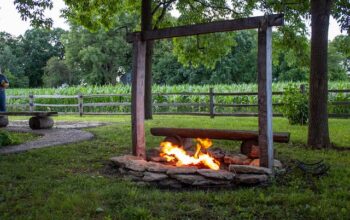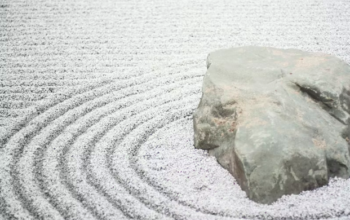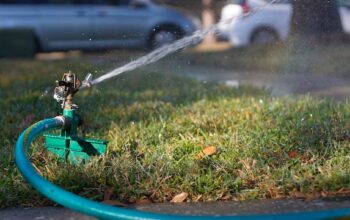Autumn is undeniably one of the most picturesque seasons – and what’s even more exciting? It’s finally arrived!
The fall season is renowned for its array of earthy tones, pumpkin-infused delights, and brisk, cozy hoodie weather. But it’s not just a time for sipping on pumpkin spice lattes; it’s an opportune period for nurturing your lawn. After the stress of summer, the cooler climate creates optimal conditions for your lawn to flourish. Addressing any summer-related damage, preparing for a harsh winter, and setting the stage for a successful spring are all on the agenda for fall.
John Gulius is a committed and performance-oriented expert with a solid turf maintenance and sales foundation. With extensive industry experience, John boasts a well-established history of providing exceptional service and achieving outstanding results. He excels in evaluating the requirements of residential lawns, crafting comprehensive care strategies, and nurturing positive client connections. Today, we’re lucky to have one of the industry’s leading experts in lawn care to provide insights into some lawn techniques for fall.
“Among the essential tasks to undertake every fall are lawn aeration and overseeding,” says Gulius. “Scheduling these services during the fall ensures that you conclude the growing season on a positive note and position your lawn for a bountiful spring.”
Performing aeration on your lawn during the fall yields remarkable benefits. With the assistance of a specialized machine, small cores of soil, roughly the size of your index finger, are extracted from the lawn and left to decompose.
This core removal process alleviates soil compaction, a common ailment for residential lawns. Over time, the constant foot traffic and pressure on the lawn lead to hardened, compacted soil. Since compacted soil hinders the passage of water and nutrients to the roots, annual aeration is indispensable to prevent this issue.
Aeration also helps in eliminating excess thatch from your lawn, a layer of roots, stems, and organic material lying between the grass and the soil. Similar to soil compaction, excessive thatch obstructs water infiltration. Hence, addressing this issue on an annual basis is advisable.
Following aeration, your lawn offers more room for water, air, and fertilizers to efficiently reach the root zone. Soil quality is paramount for cultivating healthy grass, so it is imperative to aerate at least once a year to combat soil compaction and thatch buildup.
Another essential task for fall is overseeding.
“By introducing fresh grass seed to your lawn during the autumn months, you can mend damaged areas and bolster the lawn’s density before it enters dormancy,” says Gulius.
For areas requiring extra attention, manual seeding is an option, but for uniform and precise application, a broadcast spreader is recommended.
Even if your lawn appears to be in decent shape, yearly overseeding is encouraged, and both fall and spring are favorable times for this practice. The favorable fall conditions facilitate robust seed germination, ensuring a successful establishment. Nevertheless, vigilant watering is necessary, as seed survival depends on adequate moisture.
“To maximize the combined benefits of both services, consider pairing core aeration with overseeding,” says Gulius. “Overseeding the lawn following aeration opens up channels for the seeds to penetrate the soil, ensuring ideal seed-to-soil contact.”
With the compaction and thatch issues alleviated by core removal, the new seed can germinate and establish itself more swiftly. Improved absorption of oxygen and water leads to the growth of deeper roots and nutrient-rich soil.
“By prioritizing seed-to-soil contact through a combined aeration and overseeding service, you’re making the most of both procedures, giving your grass the best opportunity to flourish, thick and robust, before the onset of winter,” says Gulius.
Related Posts

Loves home. I am here to provide how to make your home a much better place. 🙂 Blogging about HomeDecor, Home Improvements and more.











